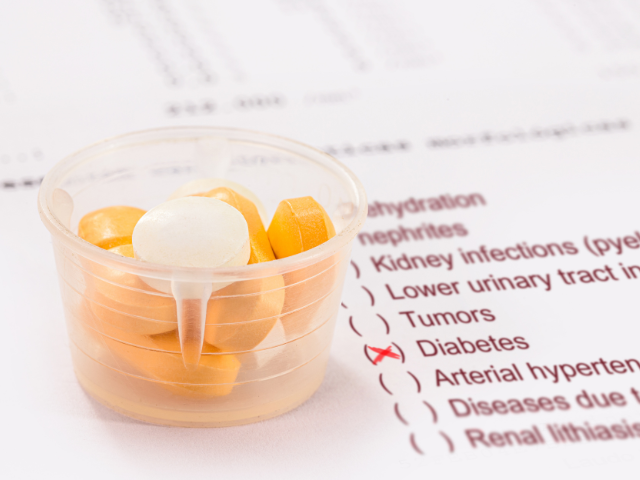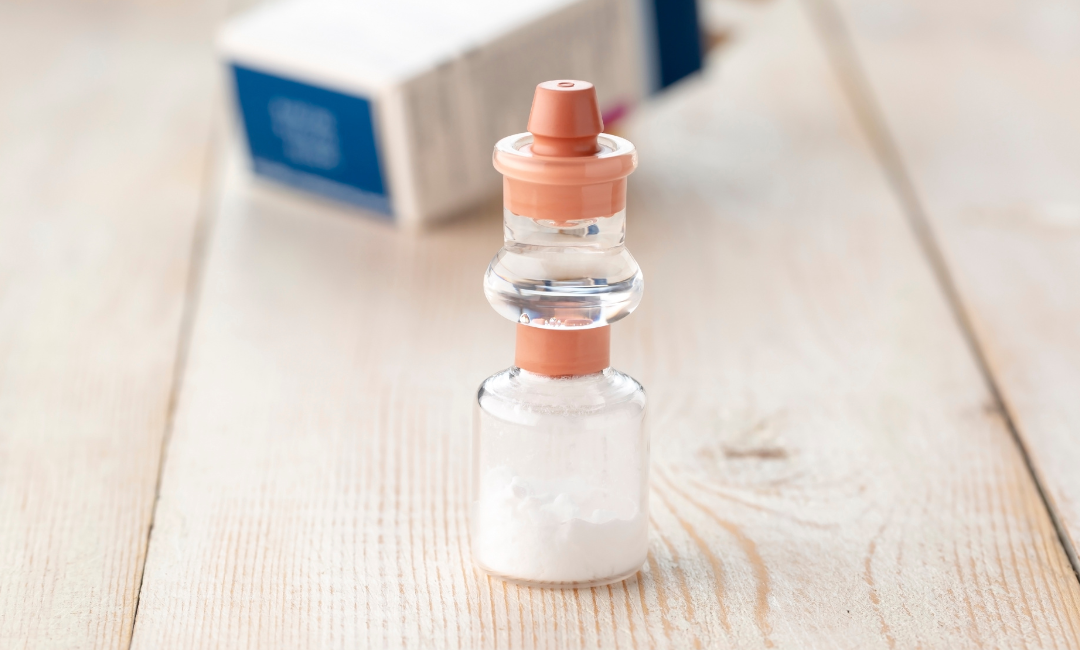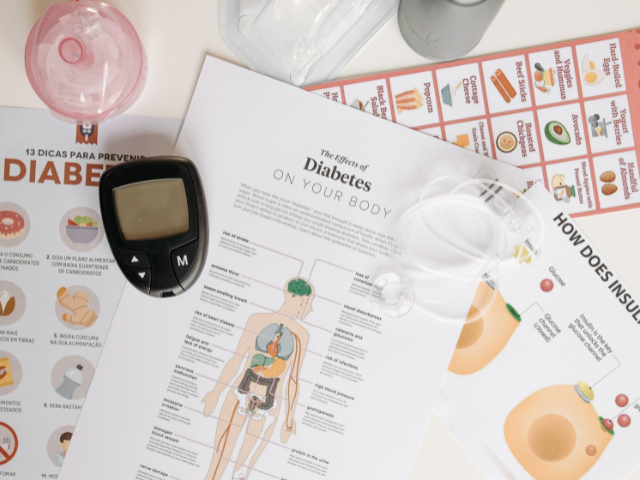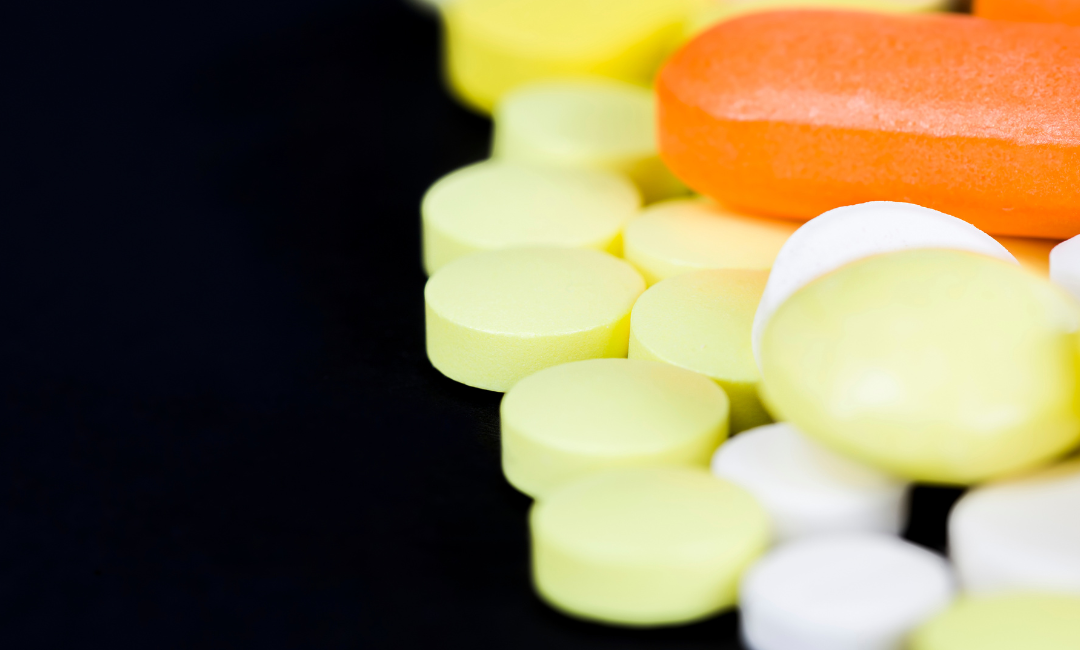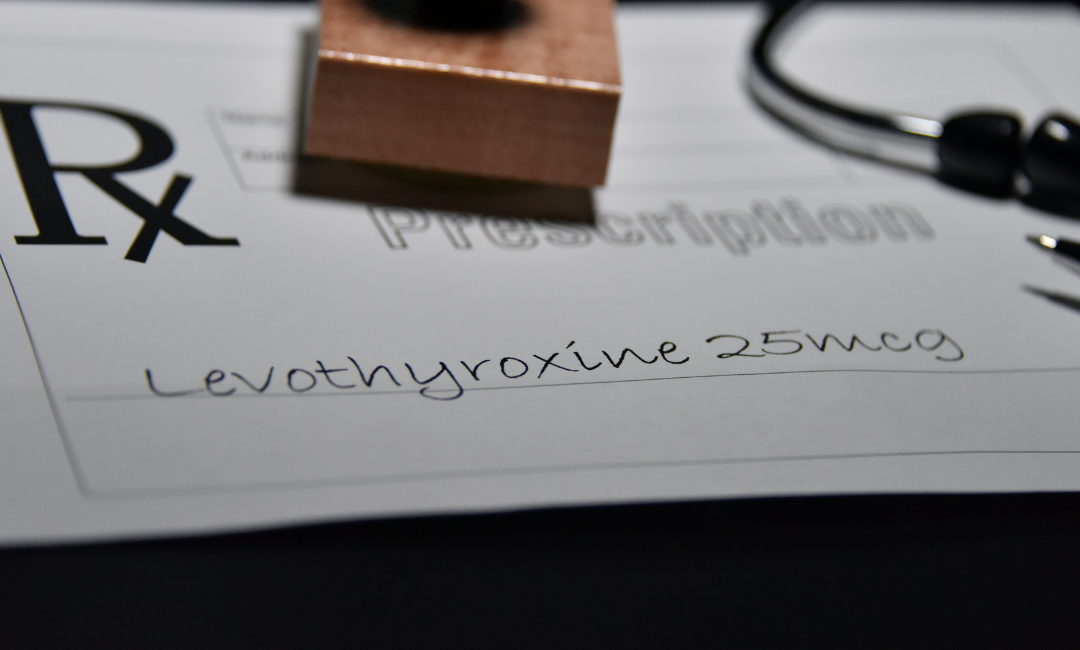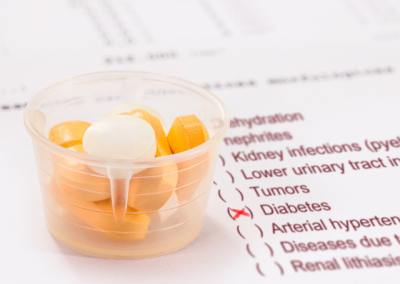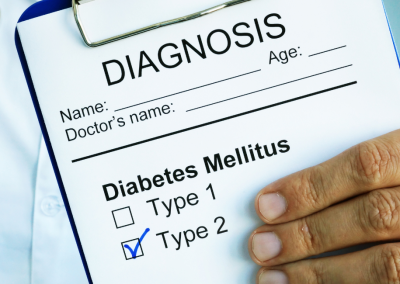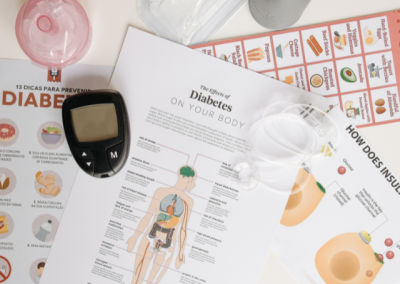Various Types of Oral Diabetes Medication
Sulfonylureas: These include first-generation and second-generation sulfonylureas, which directly stimulate the pancreas to release insulin.
First-generation sulfonylureas include:
- Tolbutamide
- Chlorpropamide
- Tolazamide
- Acetohexamide
Second-generation sulfonylureas include:
- Glibenclamide
- Glipizide
- Gliclazide
- Glimepiride
- Gliquidone.
The second-generation sulfonylureas are more potent and more commonly prescribed.
The most common and serious adverse effect of oral antidiabetic agents is hypoglycemia. The chances of hypoglycemia increase if the patient is on combination therapy with more than one antidiabetic drug.
Adverse effects specific to sulfonylureas include:
- Photosensitivity
- Nausea
- Fluid retention
- Hyponatremia
- Epigastric discomfort
- Blood abnormalities
- Rash
Thiazolidinedione Drugs: This class includes the drugs pioglitazone and rosiglitazone. These work primarily by increasing insulin sensitivity by exerting their effects on muscle, adipose tissue, and the liver. Thiazolidinediones also act on the liver to decrease glucose production to some extent.
The adverse effects specific to thiazolidinediones include:
- Weight gain
- Edema
- Congestive heart failure
- Fractures
Metformin: Metformin is commonly prescribed for Type II diabetes mellitus. It is also used in the following conditions:
- Prevention of type II diabetes mellitus
- Polycystic ovarian syndrome
- Gestational diabetes mellitus
Metformin decreases the production of glucose in the liver and its absorption from the intestines. It also increases insulin sensitivity.
Its adverse effects include:
- Lactic acidosis: a rare but severe adverse effect of metformin therapy. The mortality rate is high, and 50% of patients developing lactic acidosis die. Symptoms include hyperventilation, myalgia, malaise, and drowsiness. Clinically, the lactate levels are high — greater than 5 mmol/L, decreased blood pH, and electrolyte abnormalities.
- Metallic taste
- Nausea
- Vomiting
- Abdominal discomfort
Alpha Glucosidase Inhibitors: The drugs acarbose and miglitol come under this class and inhibit enzymes, thereby reducing intestinal absorption of glucose.
The adverse effects of acarbose include:
- Abdominal pain
- Diarrhea
- Bloating
Meglitinides: This class includes the drugs Repaglinide and Nateglinide, which stimulate the release of insulin from the pancreas.
The adverse effects of these drugs can include:
DPP-4 Inhibitors: Dipeptidyl peptidase-4 or DPP-4 inhibitors, also known as gliptins, include drugs such as sitagliptin, saxagliptin, linagliptin, and alogliptin.
These inhibit the DPP-4 enzyme. This enzyme breaks down intestinal hormones called incretin, which stimulates insulin release. By inhibiting the DPP-4 enzyme, incretins are not destroyed, which promotes insulin release.
The adverse effects of these drugs may include:
- Headache
- Nasopharyngitis
- Dizziness
- Nausea
- Arthralgia
- Constipation
